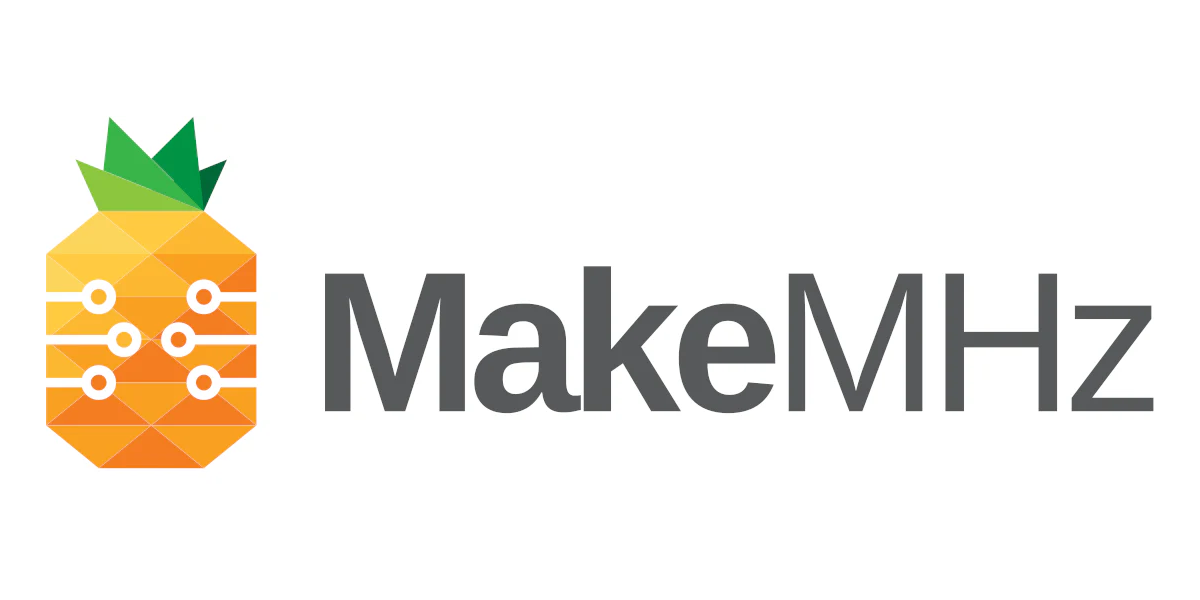
KF-Mario_64 - Map Release
It’s not everyday that I get to sit down and work on something that excites me as much as this project. Over the years I’ve taken great joy in working on video game related projects. When Killing Floor 2 entered Early Access on Steam last year I knew I wanted to finally make a mod for this game.
Screenshots
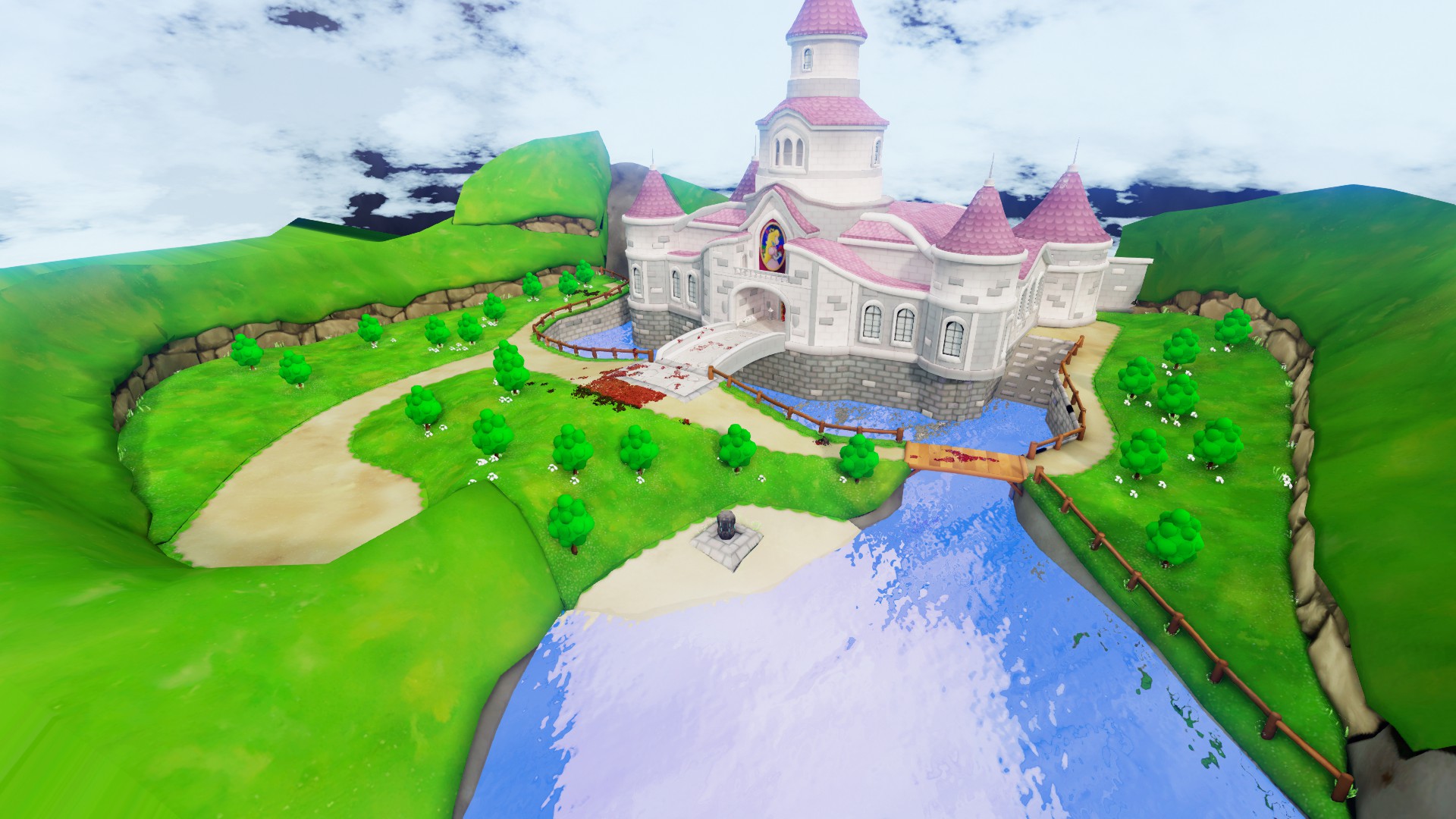
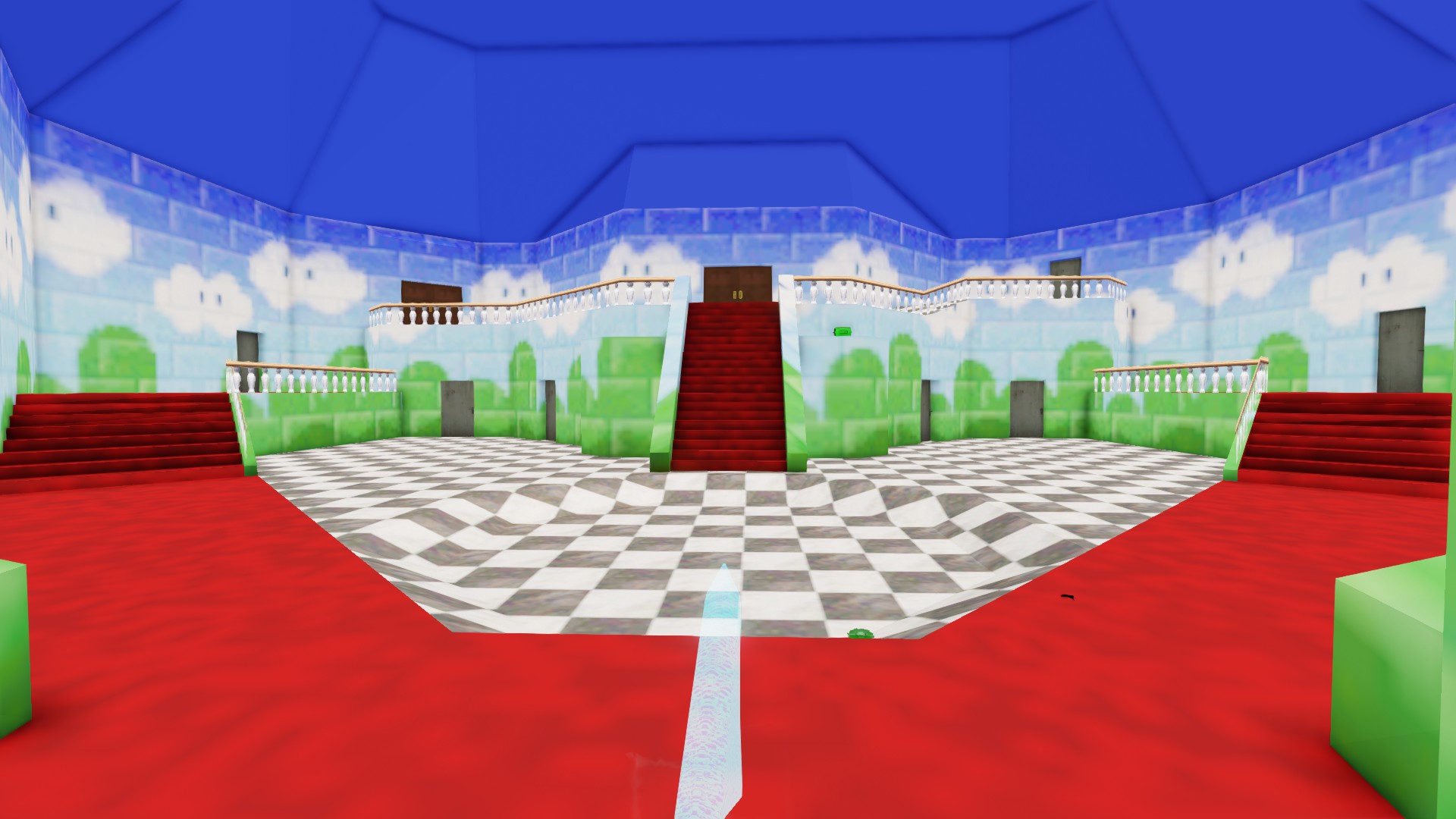 |
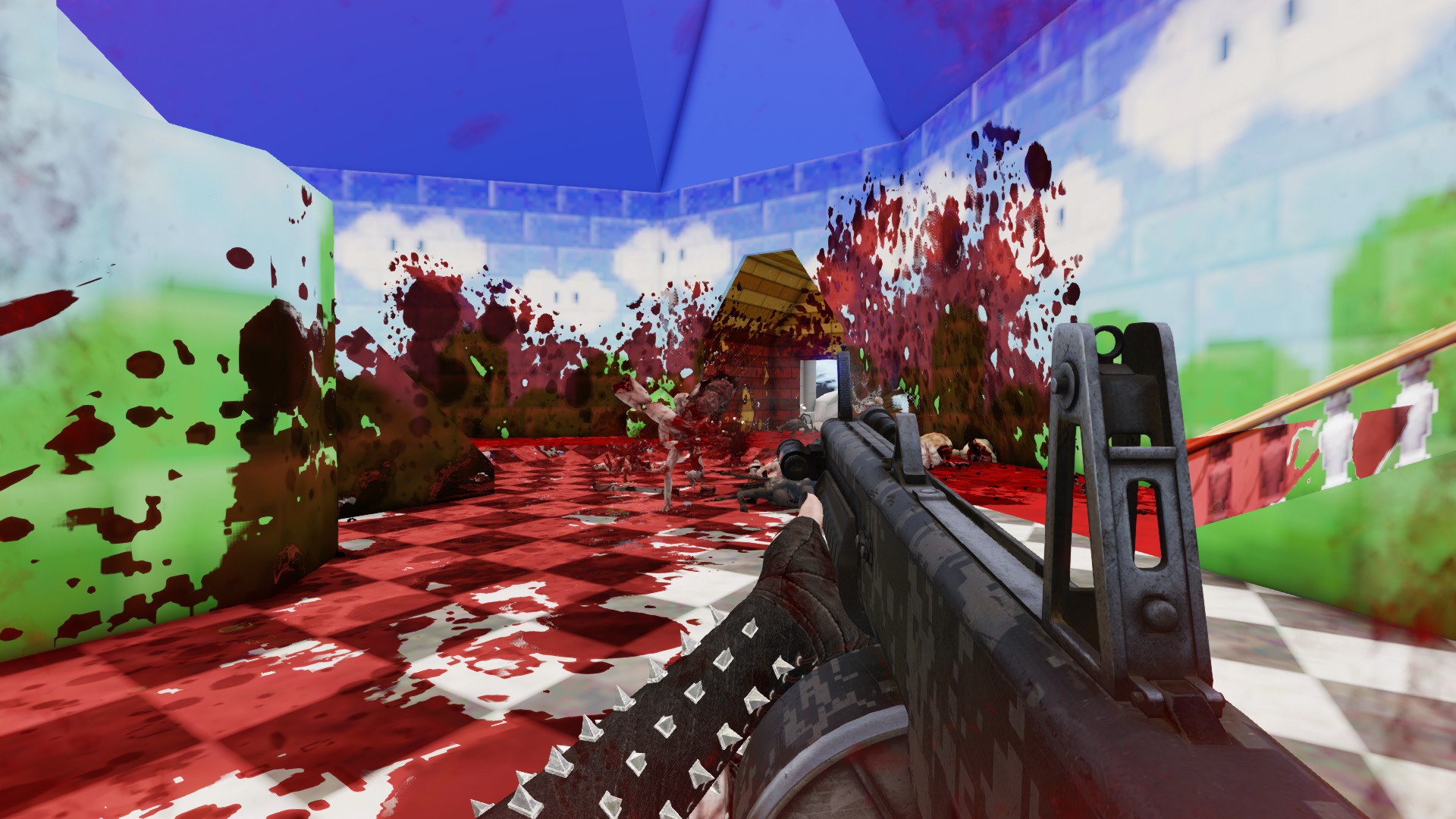 |
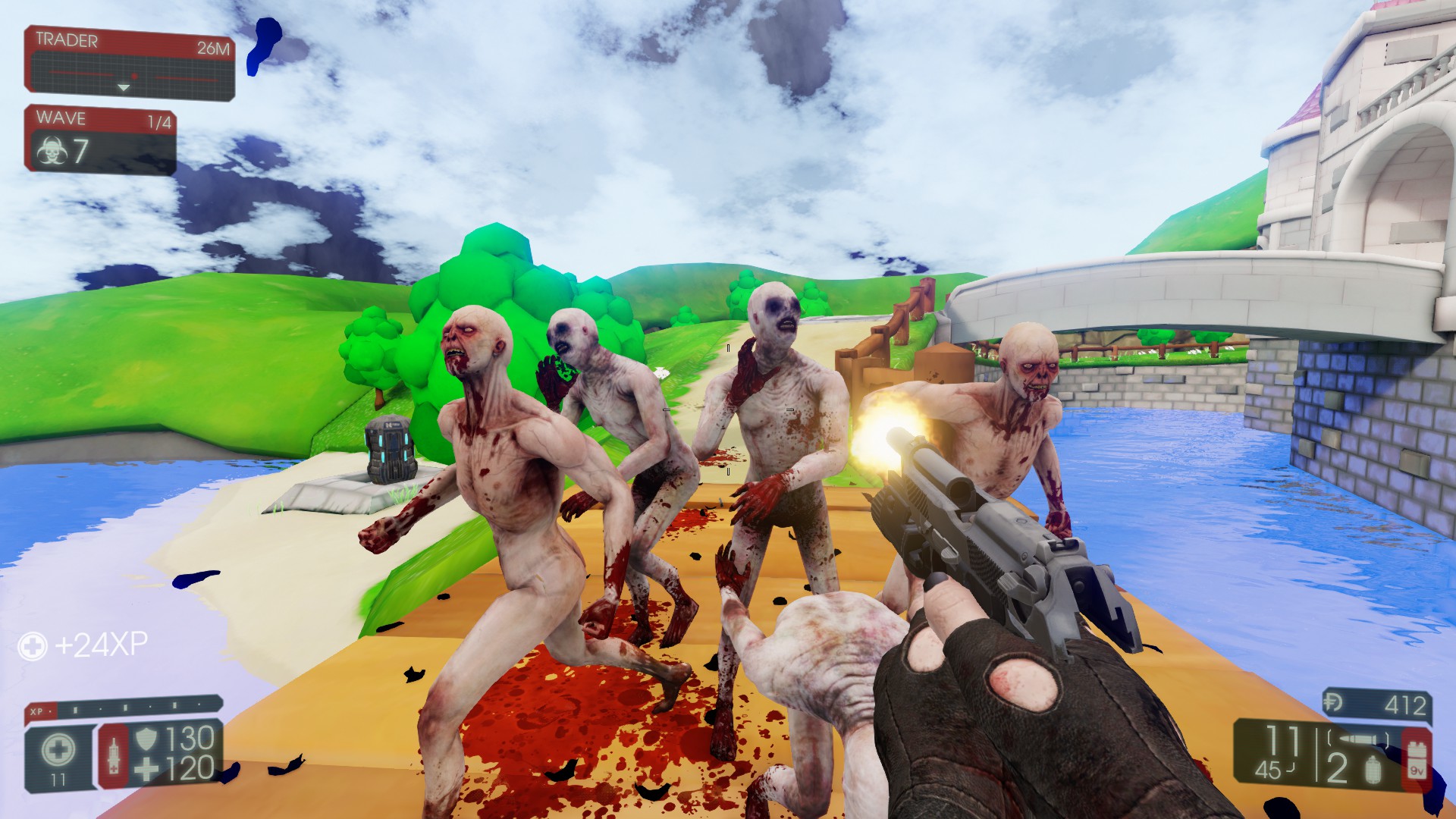 |
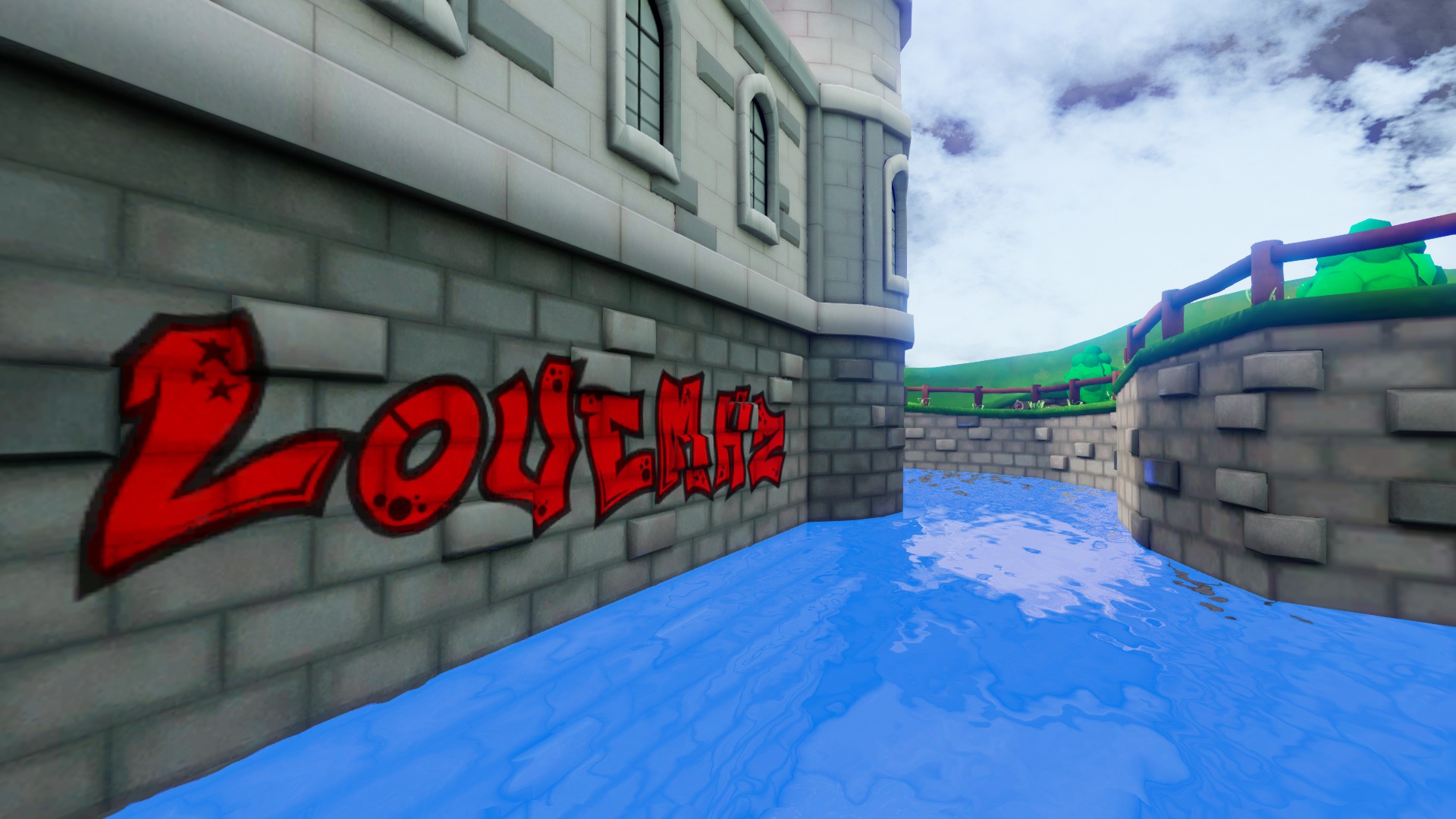 |
3D Modeling
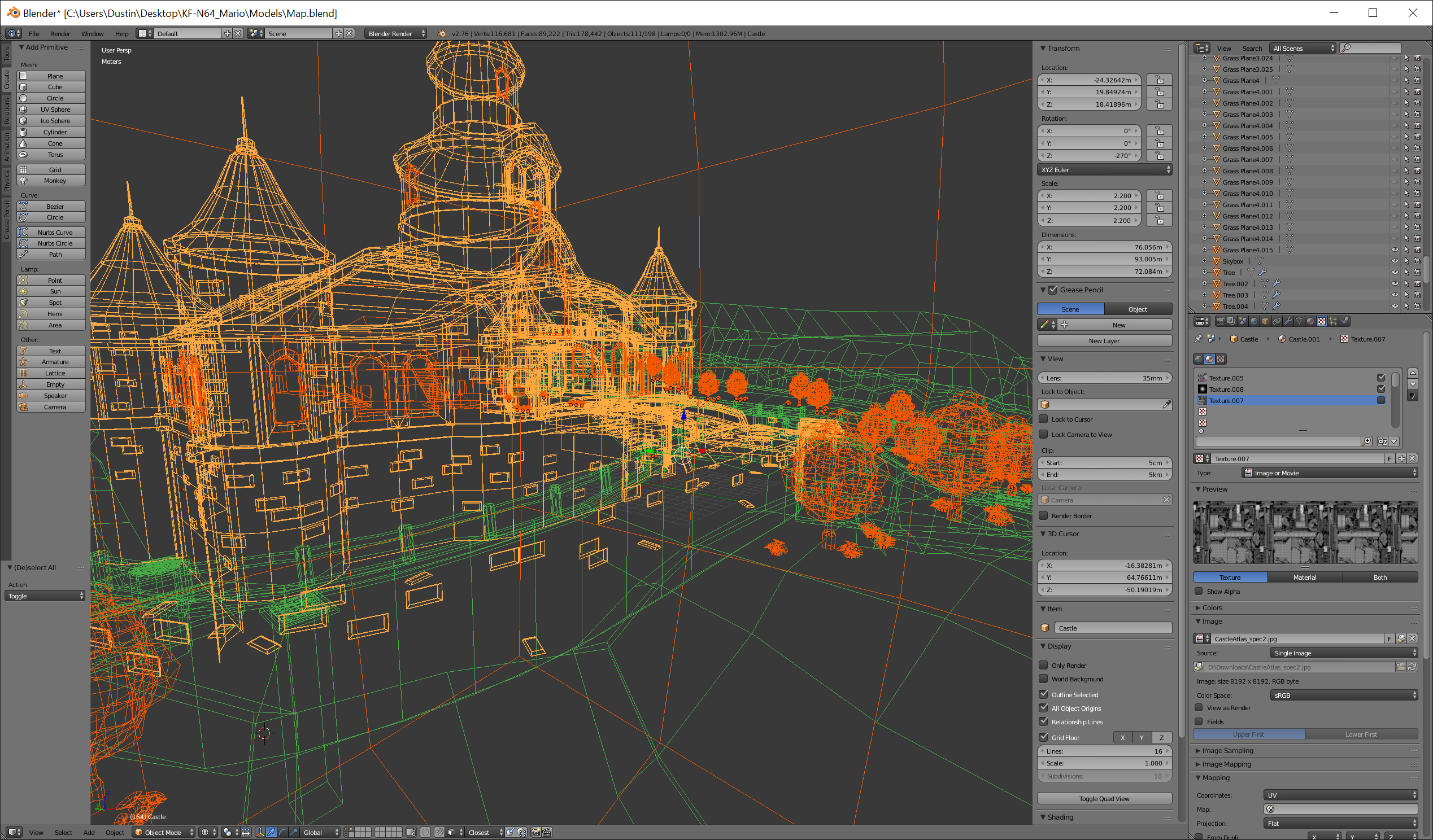
The 3D modeling aspect of this project was fairly straight forward. The map is based off of the amazing Peach Castle by mStuff. Most the work myself was optimizing textures, fixing geometry, and simplifying the ground model to work better in the Unreal Engine without having to create collision meshes.
The inside of the castle was ripped from Super Mario 64 using modified debug code I had written for Love364. Most of the work there was fixing vertices and some oddities from development optimizations in the game. The UV Map was completely redone by hand.
The map consists of 116,681 Verts, 89,222 Faces, and 178,422 Tris.
Unreal Engine 3.5
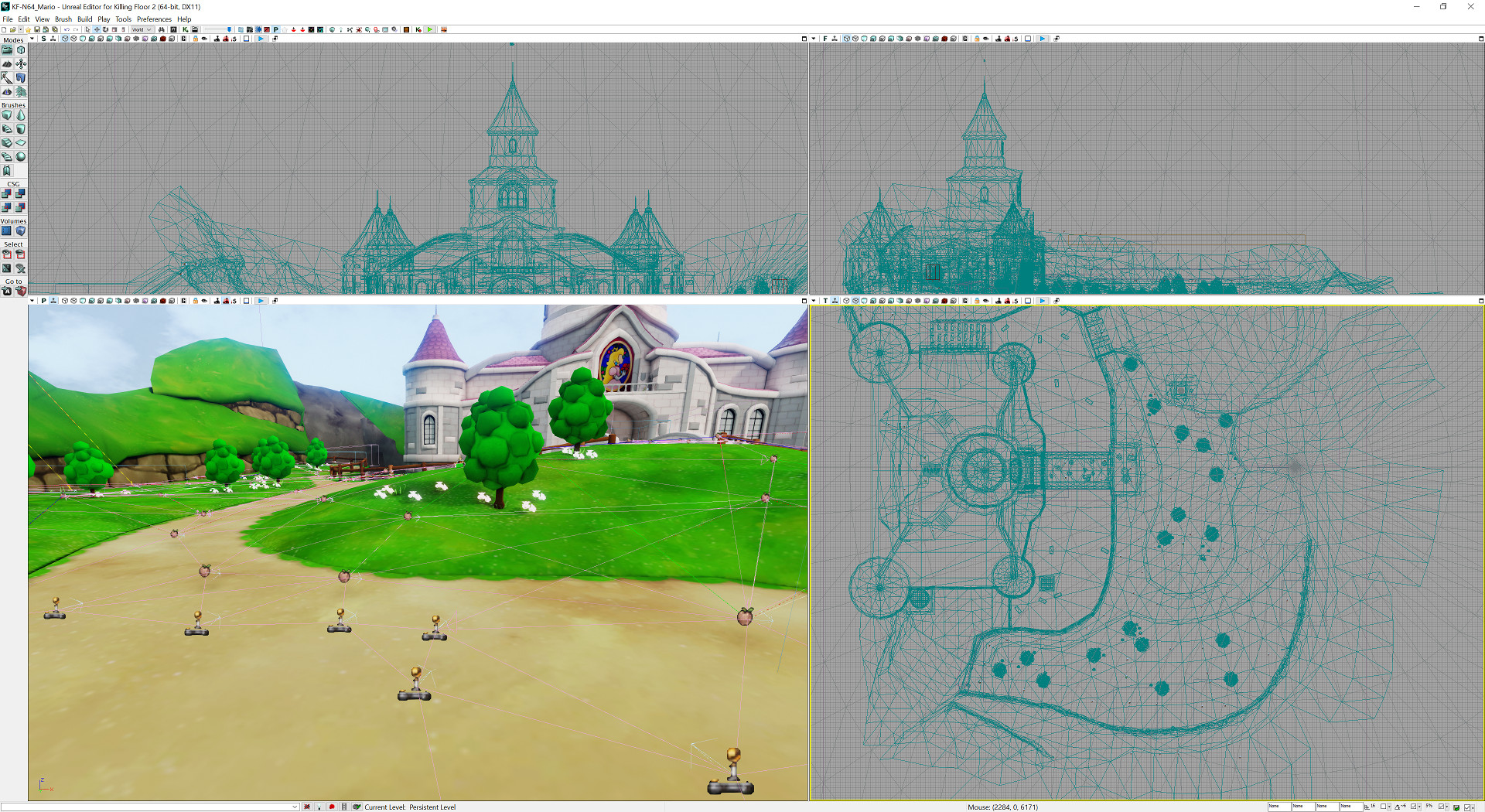
It’s been awhile since I’ve worked with the Unreal Engine, and the first time I’ve used anything newer than Unreal Engine 2, but it’s interface and options over the years are for the most part the same.
Most of this project consisted of working inside of the Unreal Editor. Tweaking, and even more tweaking, pathing was one of the more challenging aspects. The key to any good Killing Floor map is setting up an unseemingly predictable paths with AI spawners behind every corner. Additional work was performed on adding blocking elements to prevent exploitable map spots.
Skybox, global lighting, normal mapping, etc was applied. Currently, Killing Floor 2 doesn’t support custom Materials and instead requires creators to use a limited set of premade Materials via Material Constants. Due to this, a lot of time was not spent trying to improve the lighting beyond simple world settings due to limitations. (All the textures have prebaked shadows and the lack of additional lighting tricks isn’t visual missed)
Steam Workshop
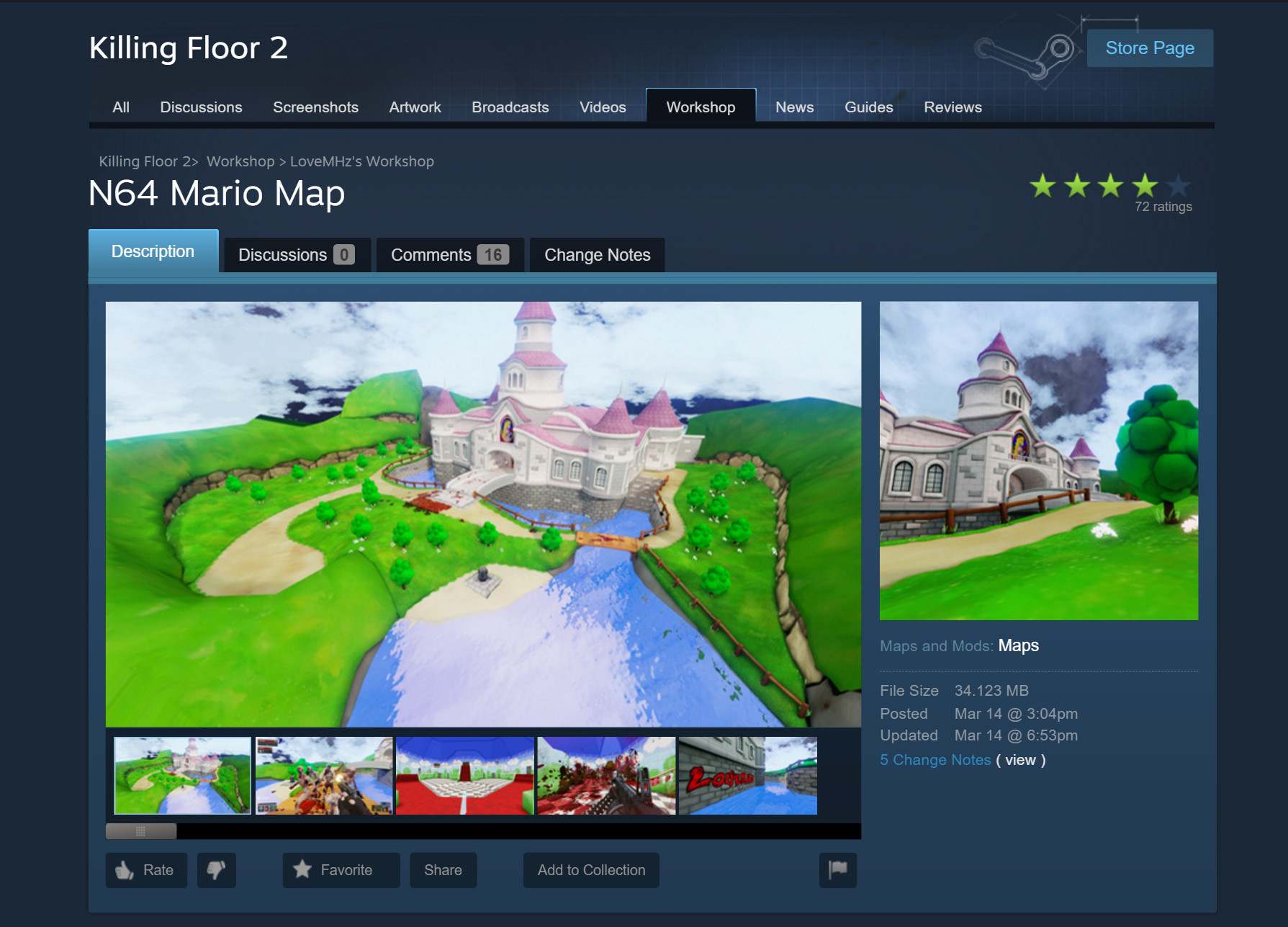
Not much to say about the Steam Workshop, but I did want to talk about it none the less. Starting this project was I unsure of the submission process involved and put it off until the map was completed. I was very surprised to find out that through a simple upload tool provided with the SDK I was able to click a few buttons and it uploaded to Steam. Since then I’ve added screenshots and descriptions. Already in the last few weeks I’ve had amazing feedback. It appears Steam has created a great platform for game content.
Conclusion
At the end of this I must say I’m really happy with how everything turned out. It was a short project, 3-4 days, but seeing other people enjoy something you created is none the less as enjoyable. It was also a great refresher in 3D modeling and the Unreal Engine. Hopefully, in the near future, I will return and either improve this map or create something new entirely. Though I may wait until Tripwire adds proper support for Unreal Materials.


